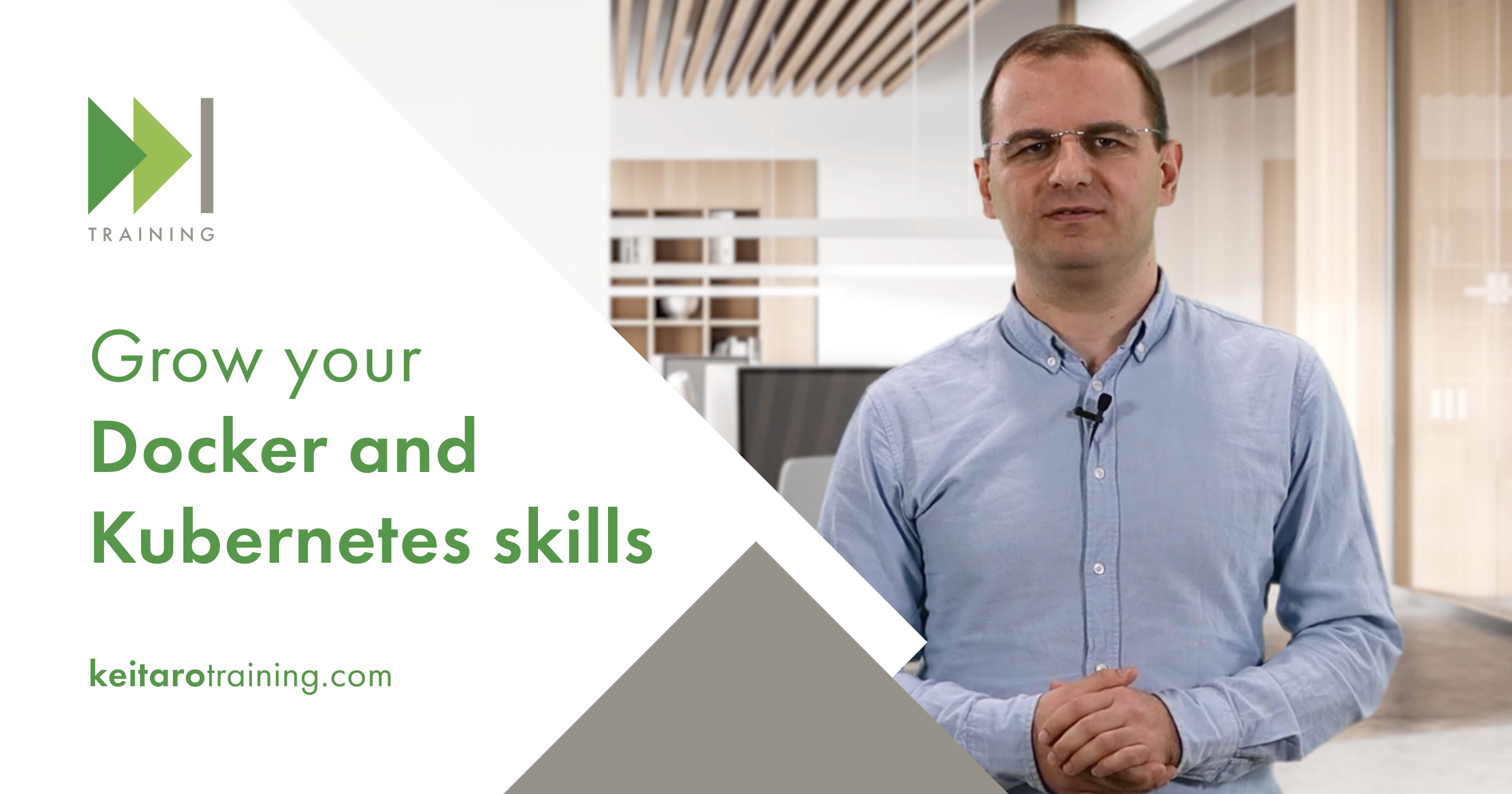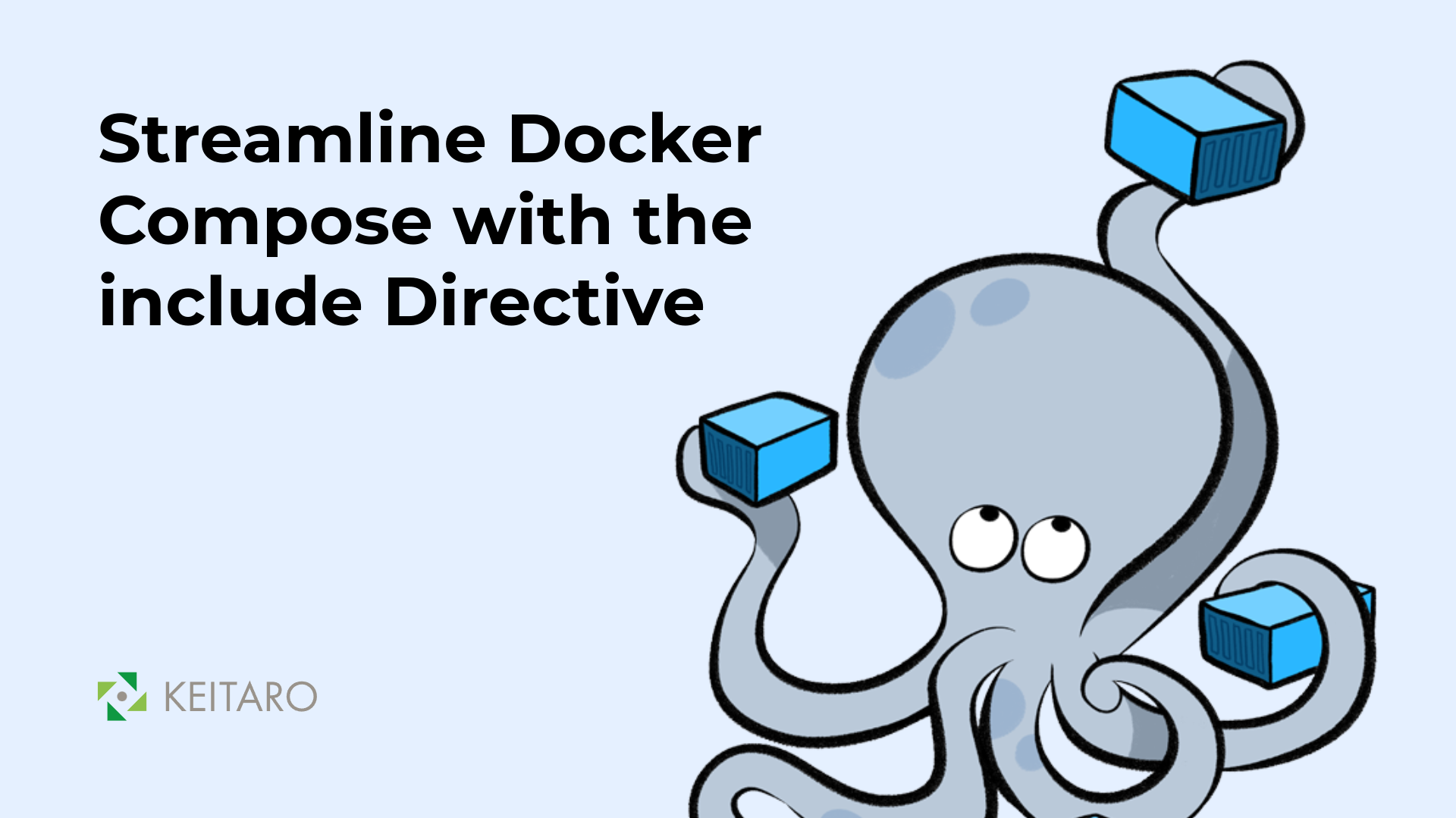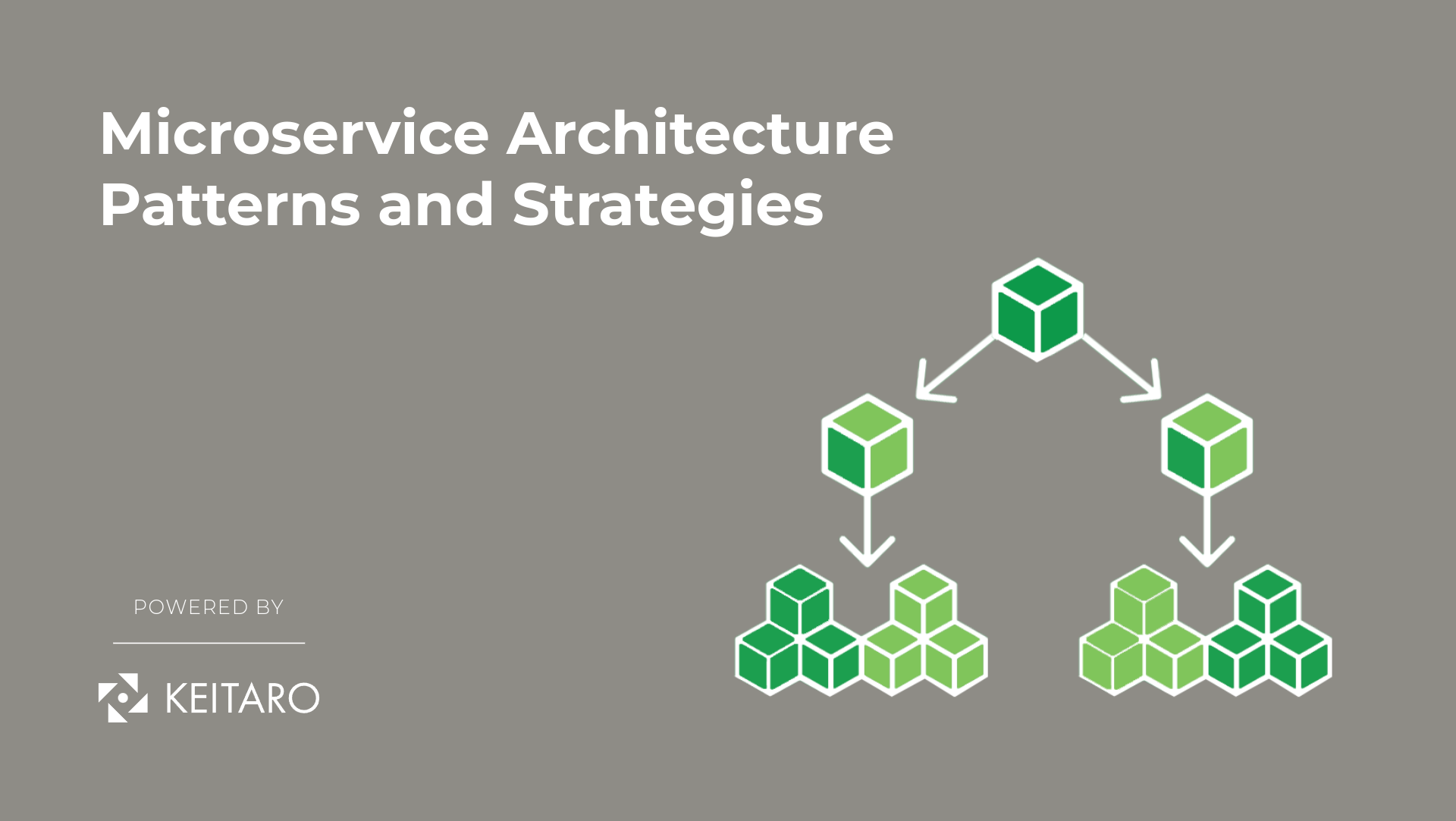Keitaro has been an open-source solutions provider for organizations and businesses from around the globe since 2012. Working with next-generation technologies and moving trends towards digital transformation, we turn ideas into solutions. As proven Subject Matter experts in an array and open-source community, we decided that Keitaro Training is the perfect manner to share our knowledge, industry expertise and experience with everyone. So, last week we launched Keitaro training, a platform where individuals and teams will be able to learn next-gen technologies from experienced professionals.
Keitaro training courses are designed to support organizations to improve their expertise and knowledge in a variety of fields, including open-source technologies, cloud computing, DevOps practices, data management, and next-gen technologies. Our first course is Docker and Kubernetes, where I will be your instructor and guide you through the journey of Docker and Kubernetes.
Docker is the platform that we use for building the applications and delivering them as images. Docker containers are a powerful and flexible platform that enables you to quickly build, ship, and run applications in customizable and distributed environments. Using private Docker Registers is our DevOps experts’ first choice because of its high-level security option.
On the other side, the container orchestration software Kubernetes (“k8s”) is one of the top open-source projects and its adoption has continuously grown in recent years. From my experience, proper methodical implementation of Kubernetes into the engineering workflows leads to greater success and productivity gains.
At Keitaro, we use Kubernetes as a target infrastructure environment where our services have been deployed. The combination with Docker and Kubernetes is the most common scenario that our experienced DevOps team uses for deploying services and applications to the Cloud. We also have experience in setting up Kubernetes environments on an on-prem infrastructure. Again, this is just a starting point of our further exploration of these technologies.
What you will learn
In this course, you will learn how to build, compose, deploy and manage Docker containers with Kubernetes, to understand the purpose and theory of Kubernetes, and how to run and manage your containerized applications.
If you are already questioning yourself about what is a container and how it works, be ready for a deep dive on how containers work, so you have a solid understanding of how they are implemented. After you understand what a container is, you’ll learn how to use Docker commands and how to interact with them. Following that, you’ll learn about Kubernetes, a production-grade system for managing complex applications with multiple running containers, in a distributed fashion. You will learn the basic and advanced concepts of Kubernetes and its administration.
This course is divided into 10 chapters. Each chapter consists of video lectures where you will learn the course material, pdf documents that you can access at any time, practical coding exercises, as well as tests to help you assess your knowledge. After attending this course, you will be able to use Docker and Kubernetes on commercial projects right away.
How it will improve your workflow
Besides growing your knowledge and skills with best practices on Docker and Kubernetes, you will also be able to apply your knowledge to your daily operations in both the short and long term. Using Docker improves agility, collaboration, modularity and scaling. It provides automation, flexibility and mobility – so you could run it anywhere. Lastly, it provides you with a consistent and isolated environment and cost-effectiveness with rapid deployment.
On the other hand, Kubernetes improves application development, deployment efficiencies, scalability and availability. It provides you the opportunity to optimize IT processes and multi-cloud flexibility. Overall, all the benefits of Docker and Kubernetes will directly benefit the cost optimization, automation, performance, and productivity levels.
Already interested in Docker and Kubernetes? Contact us for more information about this course or share your experience with next-gen technologies in the comments below.



